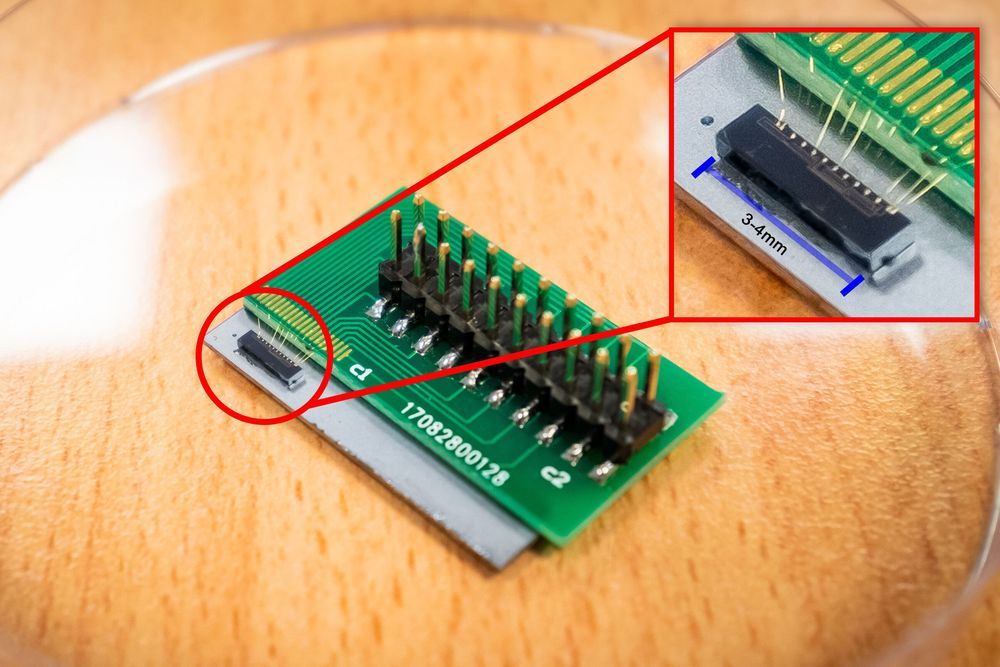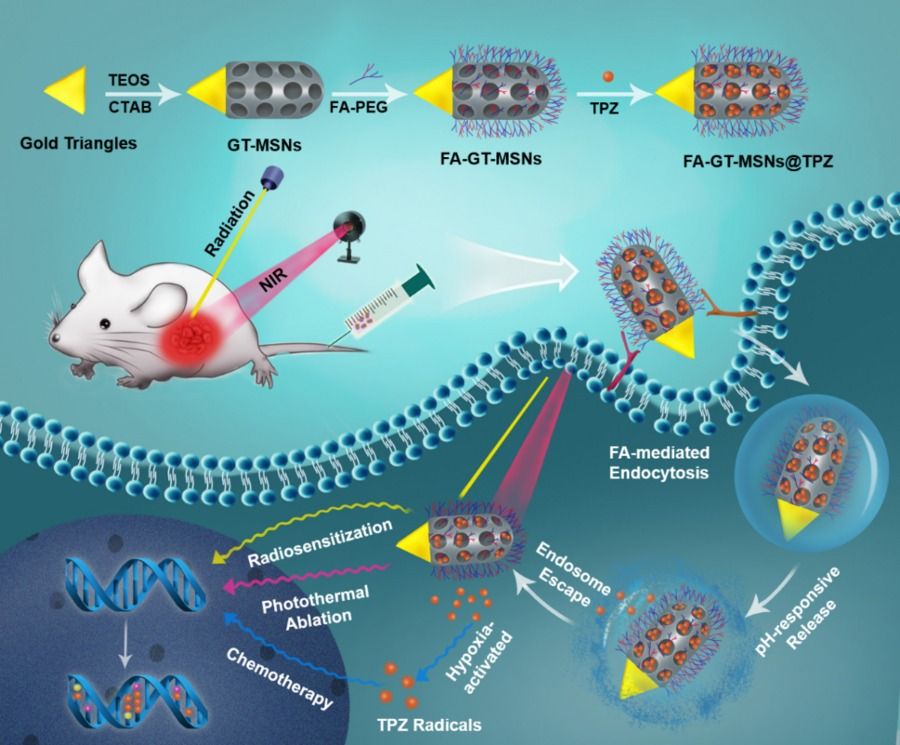In 1935, physicist Erwin Schrödinger concocted a thought experiment to illustrate a pair of strange quantum physics phenomena: superposition and unpredictability.
The experiment became known as Schrödinger’s cat, and for more than 80 years, it’s served as a cornerstone of quantum physics. But in a newly published study, a team of Yale scientists essentially destroys the premise at the center of the experiment — groundbreaking work that could finally allow researchers to develop useful quantum computers.









